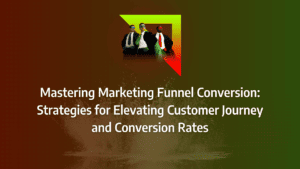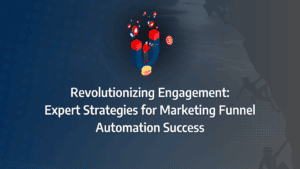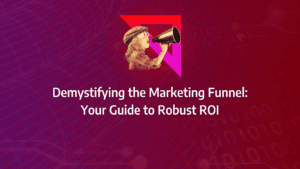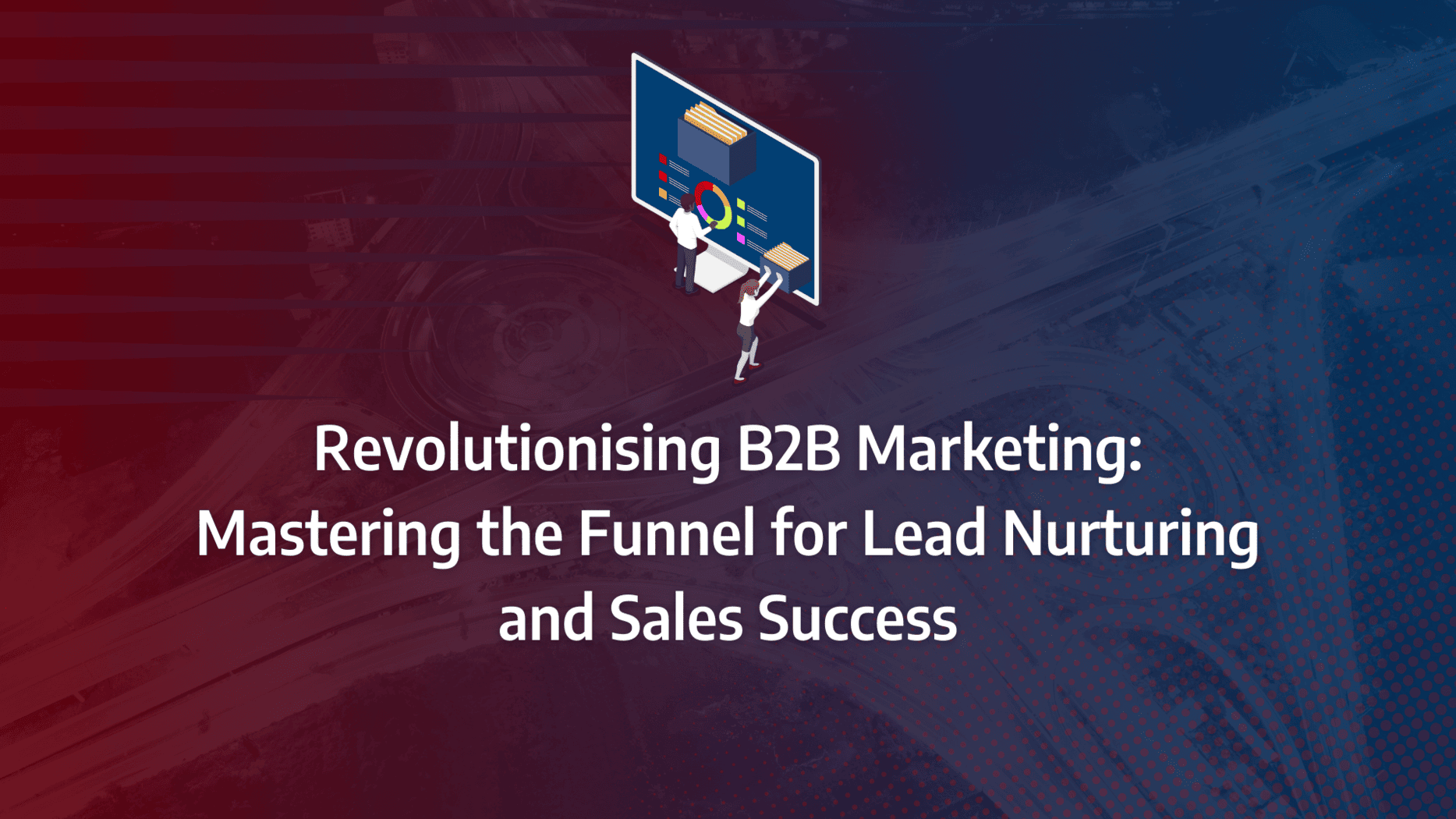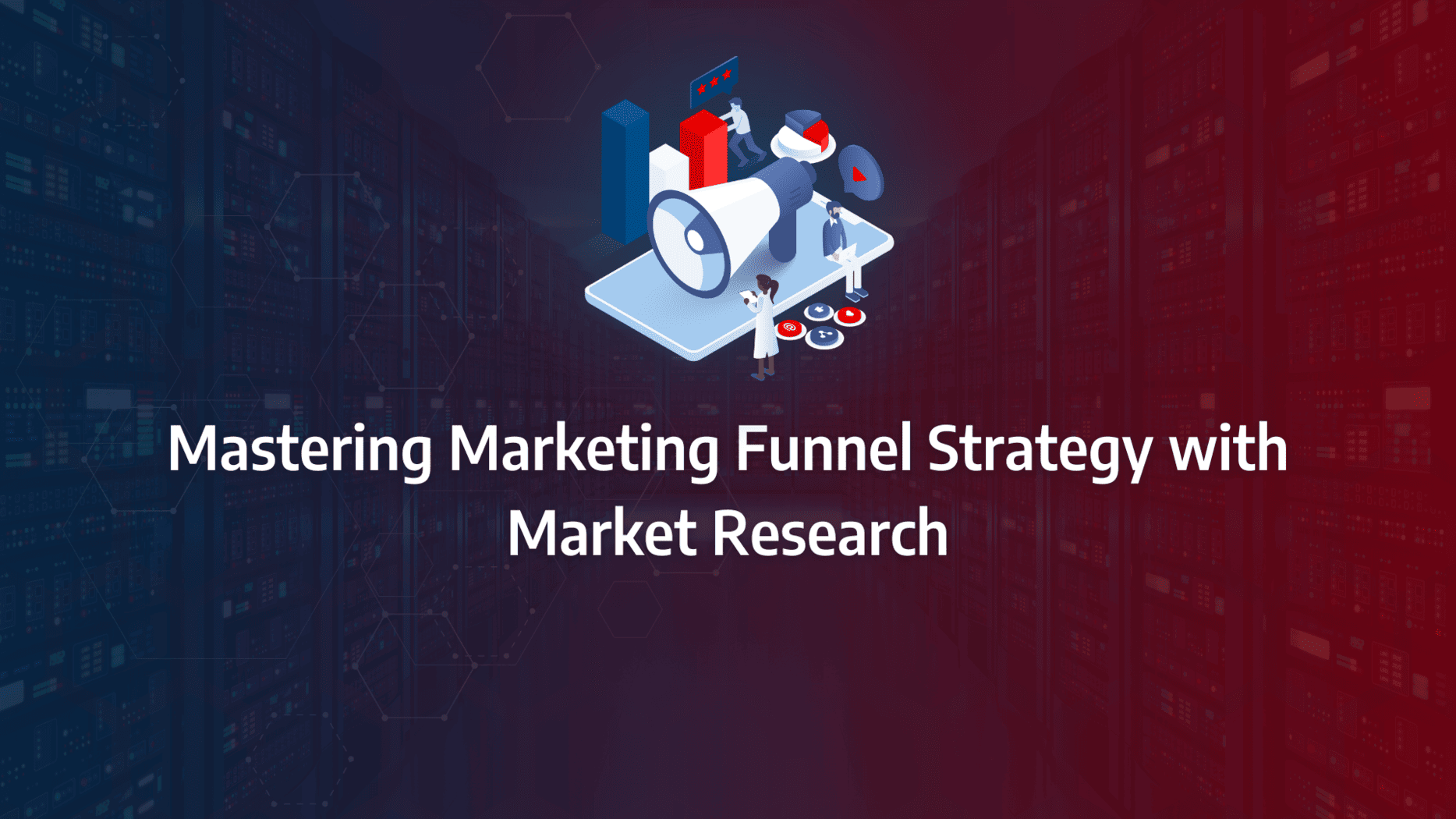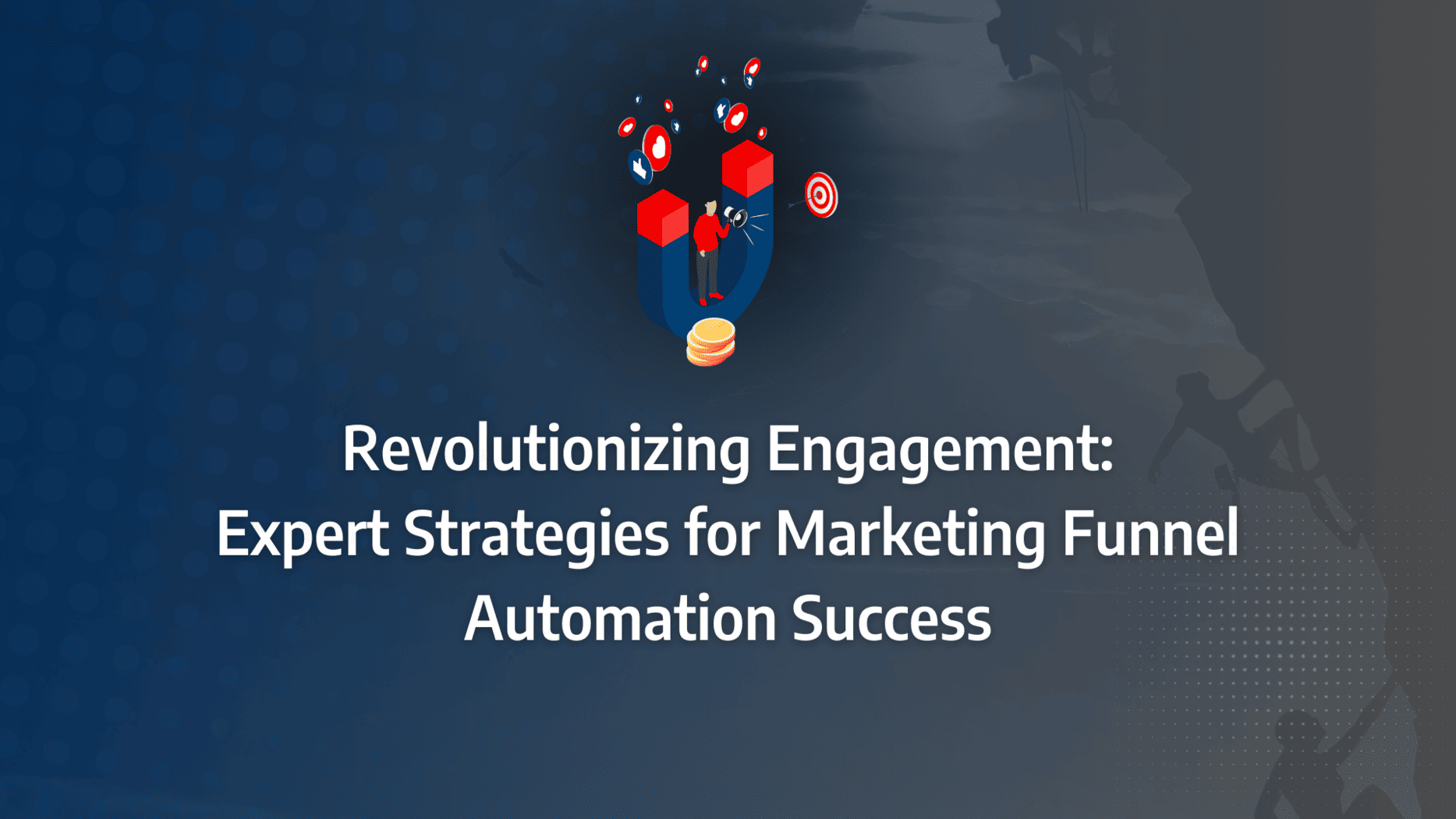In the dynamic realm of digital marketing, the funnel stands as a testament to a brand’s ability to guide, persuade, and convert. From the age-old models that first defined customer journeys to the innovative strategies employed by today’s global giants and niche players, the marketing funnel has undergone significant evolution. But with evolution comes complexity. How do brands, especially in the B2B and SaaS sectors, navigate this intricate landscape? How do they leverage market research to optimise every stage of the funnel?
Understanding the Marketing Funnel
Flaws in Traditional Models
The old ways aren’t always the best ways, especially in the ever-evolving world of marketing.
- Static and Linear Approach
Traditional marketing funnel examples often depict a linear journey, from awareness to purchase. However, in today’s digital age, the customer journey is anything but linear. With multiple touchpoints and channels, it’s essential to evolve beyond this outdated model.
- Consider the non-linear paths your prospects take. They might discover your SaaS solution through a blog post, then attend a webinar, followed by reading customer reviews, before finally signing up for a trial. Tailor your strategies to this multi-touch reality.
- One-Size-Fits-All Mentality
Older models rarely account for the diversity of customer personas or the nuances of their journeys. This broad-brush approach can lead to missed opportunities and misallocated resources.
- Segment your audience. Create specific marketing funnel strategies for each persona, ensuring you’re speaking their language and addressing their unique pain points.
Topo Double Funnel Model Critique
The Topo Double Funnel Model has gained traction, but is it the silver bullet we’ve been waiting for?
- Complexity Over Clarity
While the model aims to provide a more comprehensive view of the customer journey, it can introduce unnecessary complexity. Marketers might find themselves drowning in data, struggling to discern actionable insights.
- Simplify when possible. While it’s essential to have a detailed understanding of your marketing funnel, avoid over-complicating your strategies. Focus on actionable metrics that drive real business results.
- Potential for Siloed Efforts
The double funnel can inadvertently encourage teams to work in silos, with one team focusing on one funnel and another team on the second. This lack of collaboration can lead to disjointed strategies and missed opportunities.
- Foster collaboration. Ensure that teams working on different parts of the funnel communicate regularly, sharing insights and aligning their efforts for maximum impact.
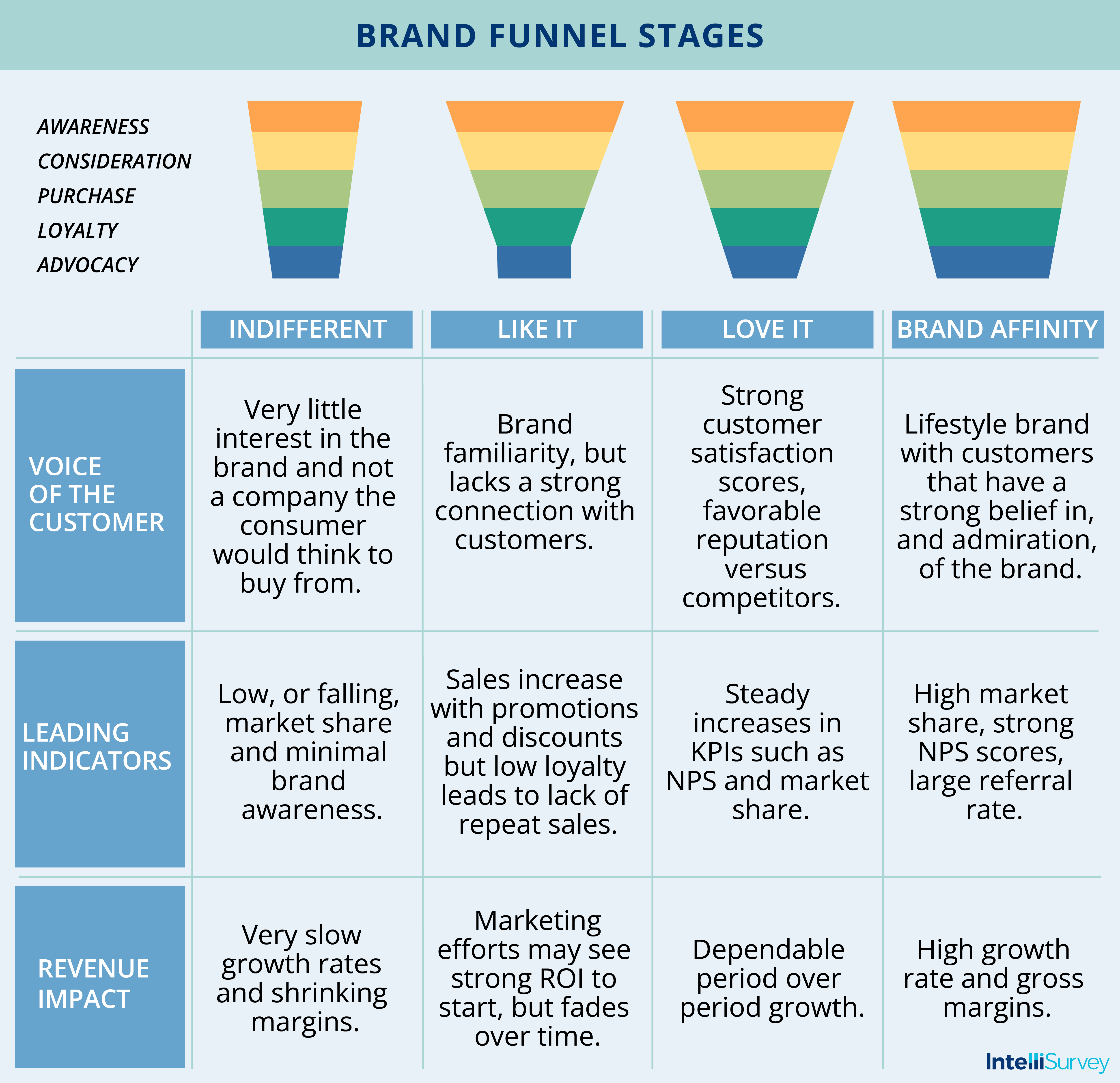
Practical Guides & Real-World Examples
Evergreen Lead Funnel Blueprint
An evergreen funnel is a marketer’s dream, constantly working in the background, attracting and converting leads. Here’s how to craft one that stands the test of time.
- Pinpoint Your Ideal Customer
- Dive deep into market research to understand your audience’s desires, challenges, and behaviours. This isn’t just about demographics; it’s about psychographics and buying behaviours.
- Create detailed buyer personas. These should be so precise that you can picture them in your mind.
- Use these personas to guide every decision in your funnel. From the content you create to the emails you send, everything should speak directly to this persona.
- Craft Value-driven Content
- Start with content that addresses your audience’s most pressing issues. This could be blog posts, videos, or infographics.
- Use this content as a gateway to your lead magnet. It’s not just about providing value; it’s about guiding your audience to the next step.
- Design an Irresistible Lead Magnet
- This is your golden ticket. Offer something so valuable that your audience can’t resist, whether it’s a free trial, an e-book, or a webinar.
- Ensure this lead magnet is directly related to your product or service. It’s not just about capturing an email; it’s about capturing a qualified lead.
- Once you’ve got their attention, use an automated email sequence to nurture these leads. Tailor your messages, offer value, and guide them further down the funnel.
Examples from Global Brands
Let’s delve into how the big players master their marketing funnels. Their strategies can offer a goldmine of insights for your business.
- Airbnb’s Mastery of Trust
Airbnb’s entire platform is built on trust. From verified photos to in-depth host profiles, they ensure users feel secure at every step. They’ve also incorporated user reviews prominently, allowing potential renters to see real experiences from past users. This strategy isn’t just about building trust; it’s about reducing friction in the booking process, leading to higher conversions.
- Nike’s Emotional Storytelling
Nike has always been more than just a shoe company. They sell aspiration, achievement, and emotion. Their marketing campaigns, whether it’s “Just Do It” or their collaborations with athletes, always aim to evoke strong emotions. For marketers, this is a lesson in brand storytelling. It’s not about the product; it’s about the story you weave around it.
- HubSpot’s Thought Leadership
HubSpot doesn’t just sell software; they position themselves as industry leaders. Their extensive library of free resources, from blogs to webinars, showcases their expertise and draws in a vast audience. This strategy is twofold: they provide immense value upfront, and in doing so, they attract potential customers to their primary offerings. Consider how Slack, a B2B SaaS company, uses content marketing. They offer extensive guides on remote work, team collaboration, and productivity, all while subtly promoting their tool as the solution.
SaaS Marketing Funnel Techniques
For SaaS businesses, the marketing funnel isn’t just about attracting leads; it’s about nurturing them into loyal, long-term customers. Here’s how you can optimise your funnel using market research.
- Understand Your SaaS Audience
Dive deep into market research to grasp the unique needs of SaaS customers. They’re looking for solutions, not just software. Use surveys, interviews, and analytics to gather insights. What are their pain points? What features do they crave? Once you’ve gathered this data, tailor your marketing messages. Speak directly to their needs, offering solutions that resonate.
- Offer Free Trials Strategically
Free trials are a staple in the SaaS world. But it’s not just about offering a trial; it’s about making it irresistible. Use your market research to determine the optimal trial length. Too short, and they won’t see the value. Too long, and they might forget about you. During the trial, engage users with targeted content. Offer webinars, tutorials, and support to showcase the full potential of your software.
- Leverage Retargeting Campaign Samples
Not every visitor will sign up immediately. That’s where retargeting comes into play. Use digital marketing funnel strategies to create retargeting ads that remind potential customers of the value you offer. But don’t just retarget everyone. Use your market research to segment your audience and tailor your retargeting messages. Consider how Dropbox, a B2B SaaS company, uses retargeting. They don’t just promote their product; they highlight specific features that resonate with their segmented audience, based on their browsing behaviour.
- Implement Funnel Optimisation Best Practices
Continuously monitor and tweak your funnel. Use analytics tools to track conversions at every stage. If you notice a drop-off at a particular stage, delve into your market research. Is there a mismatch between what you’re offering and what your audience wants? Regularly update your funnel based on feedback and research. The SaaS world is ever-evolving, and so should your marketing strategies.
Advanced Strategies & Frameworks
Sales Funnel vs. Flywheel: A Comparative Analysis
The marketing landscape is ever-evolving, and with it, the strategies and models that businesses employ. Two of the most discussed models in recent times are the Sales Funnel and the Flywheel. But which one is right for your business? Let’s dive deep.
Understanding the Basics
- Sales Funnel: This model visualises the customer’s journey as a funnel, where potential leads enter the top, and as they move down, they get filtered through various stages until they become customers at the bottom. It’s a linear approach, focusing on pushing the customer through stages. If you’re launching a new product and want to create awareness quickly, the sales funnel can be effective. It allows for targeted marketing campaigns at each stage, ensuring that potential customers receive the right message at the right time.
- Flywheel: Imagine a wheel that keeps spinning. The flywheel model focuses on creating momentum. Instead of a linear approach, it emphasises the interconnectedness of marketing, sales, and service. The idea is to use the momentum of happy customers to drive referrals and repeat sales. If you have a subscription-based service or a product that thrives on customer loyalty and referrals, the flywheel can be a game-changer. It emphasises post-sale engagement, turning customers into brand advocates
Which Model is Right for You?
- For Rapid Growth: If you’re looking for quick growth and have the resources for aggressive marketing campaigns, the sales funnel might be your best bet. It’s structured and allows for targeted strategies at each stage.
- For Sustainable Growth: If you’re in it for the long haul and believe in the power of customer loyalty, the flywheel is the way to go. It might take time to build momentum, but once it starts, it’s self-sustaining.
While both models have their merits, we suggest a hybrid approach for most B2B/SaaS marketers. Start with the sales funnel to attract and convert leads, and as they become customers, transition them to the flywheel, focusing on retention and referrals.
Top Funnel Strategy Frameworks: A Deep Dive
In the ever-evolving world of marketing, staying updated with the latest strategies is non-negotiable. Here, we challenge the status quo and introduce you to seven funnel strategy frameworks that are making waves in the industry.
- The AIDA Model: An oldie but a goodie. AIDA stands for Awareness, Interest, Desire, and Action. It’s a step-by-step approach, guiding potential customers from first hearing about your product to making a purchase. If you’re introducing a new software solution to the market, the AIDA model can help structure your marketing campaigns, ensuring that you capture interest and drive conversions.
- The SEE-THINK-DO-CARE Model: This framework, introduced by Google, focuses on the intent of the customer. It’s about understanding where they are in their journey and delivering the right message. If you’re in a competitive market, understanding customer intent can give you an edge. Tailor your content and campaigns based on where your potential customer is in their decision-making process.
- The BOFU, MOFU, TOFU Model: This stands for Bottom of the Funnel, Middle of the Funnel, and Top of the Funnel. It’s a strategic approach that segments leads based on their position in the buying journey. If you’re looking to segment your audience for targeted campaigns, this model is invaluable. For instance, for a SaaS product, TOFU content might involve general industry insights, MOFU could offer product comparisons, and BOFU might present case studies showcasing your software’s success.
- The RACE Model: Representing Reach, Act, Convert, and Engage, this framework emphasises the importance of ongoing engagement even after conversion. Perfect for subscription-based services. After initial conversion, continuous engagement ensures renewals and can lead to upselling opportunities.
Addressing Common Questions & Concerns
Upselling & Cross-Selling within the Funnel: Maximising Customer Lifetime Value
Upselling and cross-selling are more than just sales tactics; they’re strategies to enhance the customer experience while boosting your revenue. When integrated seamlessly into your marketing funnel, they can transform one-time transactions into ongoing relationships. Let’s delve into the intricacies of these strategies and how they can be effectively implemented:
Understanding the Difference
At its core, upselling encourages customers to purchase a higher-end product or service than the one they’re considering. Cross-selling, on the other hand, prompts customers to buy related or complementary items. If you’re selling a basic software subscription, upselling would involve promoting a premium version with more features. Cross-selling might involve suggesting an additional tool or module that complements the original software.
Enhancing Customer Experience
These strategies aren’t just about increasing sales; they’re about adding value. By offering products or services that genuinely benefit the customer, you’re enhancing their overall experience with your brand. Use customer journey illustrations to map out potential touchpoints for upselling and cross-selling. Identify moments when the customer might benefit most from an enhanced product or an additional service.
Data-Driven Decisions
Use analytics tools to understand your customers’ behaviour. Identify which products often get bought together or which premium features are most coveted by your basic plan users. Implement funnel optimization best practices by analysing digital marketing funnel examples that have successfully integrated upselling and cross-selling strategies. Adapt these insights to your unique business model.
Personalisation is Key
The more tailored your upselling and cross-selling efforts are, the more effective they’ll be. Use data to offer personalised recommendations based on a customer’s past purchases, browsing history, and preferences. If a customer has recently purchased a marketing automation tool from your SaaS platform, cross-sell them training webinars or complementary tools like email marketing plugins.
Timing Matters:
The success of your upselling and cross-selling efforts often hinges on when you present the offer. For instance, presenting an upsell after a customer has seen the value in your product can lead to higher conversion rates. For a SaaS company, consider offering an upsell to a premium plan after the customer has used the basic plan for a month and experienced its benefits firsthand.
Tools & Technologies for Funnel Optimization
Analytics & Measurement – The New Game in Funnel Optimization
The digital age has ushered in a plethora of tools and technologies, but none as transformative as analytics and measurement tools. These aren’t just tools; they’re game-changers.
- Understand Your Audience’s Behaviour: Dive deep into user behaviour analytics. Platforms like Mixpanel or Hotjar allow you to visually track where your users click, move, and how they navigate through your funnel. This isn’t just data; it’s a window into your audience’s mind. For B2B/SaaS marketers, understanding the specific pain points or areas of interest for potential clients can drastically improve funnel optimization.
- Real-time Data for Real-time Decisions: Tools like Google Analytics provide real-time data. Imagine launching a new feature or campaign and seeing its impact instantly. This allows for agile decision-making, letting you pivot or double down based on real-time feedback.
- Segmentation is Key: Not all users are created equal. Segment your audience based on behaviour, source, or demographic data. For instance, a user from a LinkedIn ad campaign might behave differently than one from an organic search. Platforms like Segment can help unify data sources, giving a holistic view of your audience.
For SaaS companies, consider integrating tools like Amplitude. It specialises in tracking user behaviour within software products, giving insights into feature adoption, user journeys, and potential churn indicators.
Lead Scoring & Prioritization – A Step-by-Step Guide to Ranking Potential Customers
- Define Lead Criteria: Start by defining what makes a lead ‘hot’. Is it their position in a company? Their behaviour on your site? Or perhaps the size of their company? Tools like HubSpot allow for custom lead scoring based on both demographic and behavioural criteria.
- Assign Point Values: Once criteria are set, assign point values. For instance, a CEO might be worth 10 points, while a manager might be 5. Similarly, a user who’s visited your pricing page multiple times might get an additional 10 points.
- Automate the Process: Tools like Marketo or Pardot can automate this process, updating lead scores in real-time based on user behaviour and predefined criteria.
- Regularly Review and Adjust: The market changes, and so do user behaviours. Regularly review your lead scoring criteria and adjust as needed. This ensures you’re always chasing the most valuable leads.
Imagine launching a new enterprise feature. By adjusting lead scoring to prioritise leads from larger companies or those who’ve shown interest in similar features, you can ensure your sales team focuses on the most promising leads first.
Global Brands’ Funnel Successes – How the Titans Master the Game
In the competitive world of marketing, global brands have set the gold standard for funnel optimization. Let’s delve into how these industry titans have mastered the funnel, providing actionable insights for B2B/SaaS marketers.
Apple’s Seamless Experience: Apple doesn’t just sell products; they sell experiences. From the moment you land on their website to the time you purchase a product, every step is meticulously crafted. Their funnel is a testament to the power of a unified brand message and user experience. For B2B/SaaS marketers, this is a reminder that every touchpoint, from ads to landing pages, should echo the same message and value proposition.
Amazon’s Personalised Recommendations: Amazon’s recommendation engine is legendary. By leveraging user data, they provide personalised product suggestions, increasing the chances of additional purchases. This isn’t just about selling more; it’s about understanding your customer’s needs and preferences. B2B/SaaS marketers can take a leaf out of Amazon’s book by personalising content and product recommendations based on user behaviour and preferences.
Netflix’s A/B Testing Mastery: Netflix is known for its relentless A/B testing. Every image, title, and description is tested to ensure maximum engagement. This data-driven approach allows them to optimise their funnel continuously. The lesson for B2B/SaaS marketers? Never settle. Always test, learn, and optimise.
Consider tools like Optimizely or VWO for A/B testing. They allow marketers to test different versions of web pages to see which one performs better in terms of engagement, conversions, and other KPIs.
Niche Market Funnel Wins – Success Stories from the Underdogs
While global brands have vast resources at their disposal, niche market players often have to be more innovative and agile. Here are some inspiring stories of businesses that have succeeded in specific market segments.
Dropbox’s Referral Program: Dropbox, a cloud storage service, faced stiff competition from tech giants. However, their referral program, which rewarded users with additional storage for every friend they referred, was a game-changer. This simple yet effective tactic skyrocketed their user base. For B2B/SaaS marketers, this underscores the power of leveraging your existing user base to drive growth.
Airbnb’s Craigslist Integration: In its early days, Airbnb leveraged Craigslist to tap into its vast user base. By allowing users to post their listings on Craigslist with a single click, they effectively tapped into a massive audience without spending a dime on advertising. The takeaway for B2B/SaaS marketers? Sometimes, growth hacking and thinking outside the box can yield incredible results.
Canva’s User-Friendly Design: Canva, a graphic design tool, stood out in a crowded market by offering an incredibly user-friendly interface. They understood that not everyone is a design expert and crafted their funnel to cater to this audience. B2B/SaaS marketers can learn from this by ensuring that their products and services are accessible and user-friendly, catering to a broader audience.
User feedback is invaluable. Tools like UserVoice or Feedbackify can help gather user feedback, allowing marketers to understand pain points and optimise their funnel accordingly.
Conclusion
The marketing funnel, in all its multifaceted glory, serves as a beacon for brands navigating the choppy waters of customer acquisition and retention. As we’ve journeyed through its intricacies, from dissecting traditional models to gleaning insights from global successes, one truth remains evident: optimization is an ongoing endeavour. For B2B and SaaS marketers, the challenge is not just to understand the funnel but to continuously adapt and innovate. Leveraging market research, embracing advanced tools, and drawing inspiration from both titans and underdogs are the keys to mastering this art.


